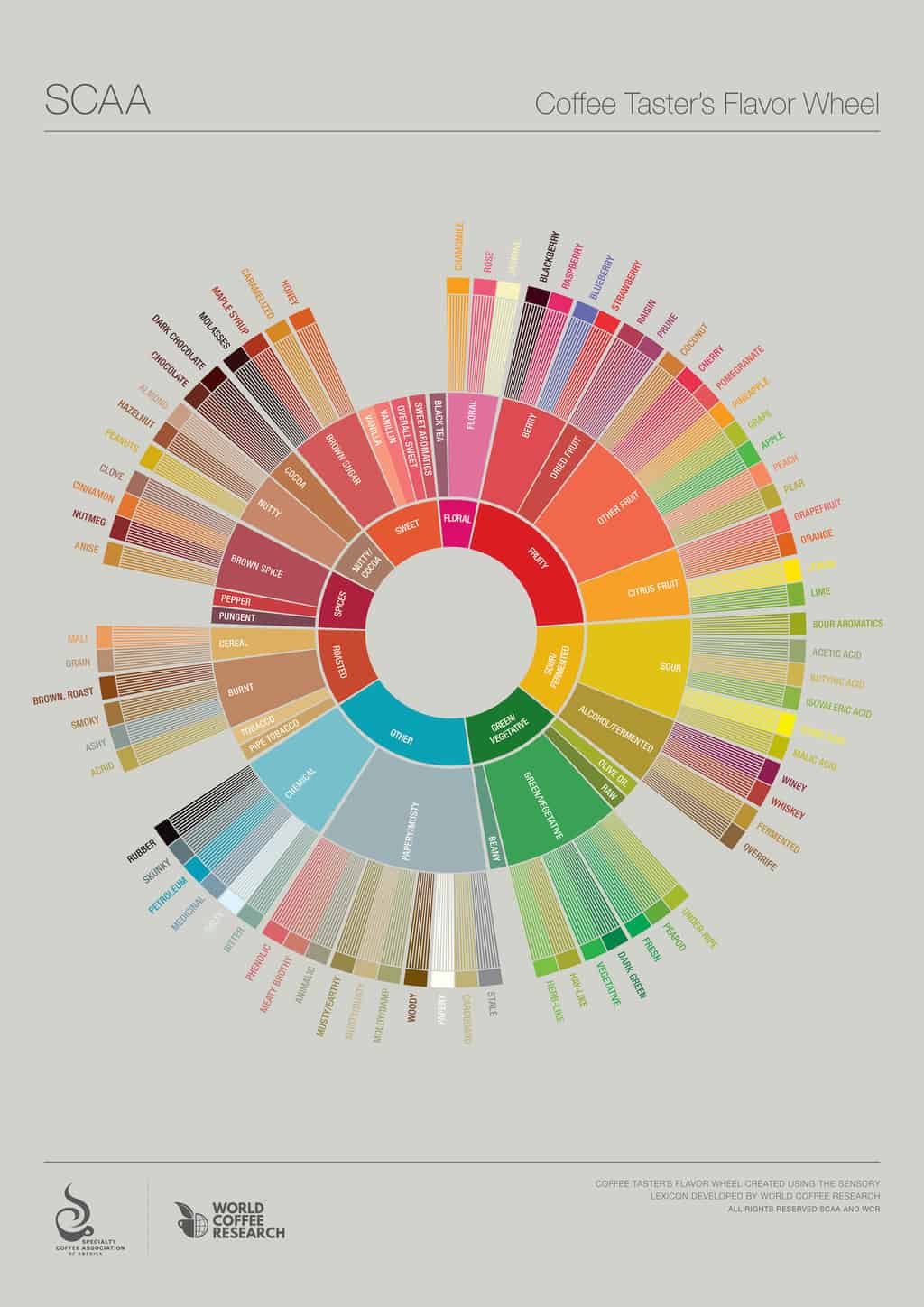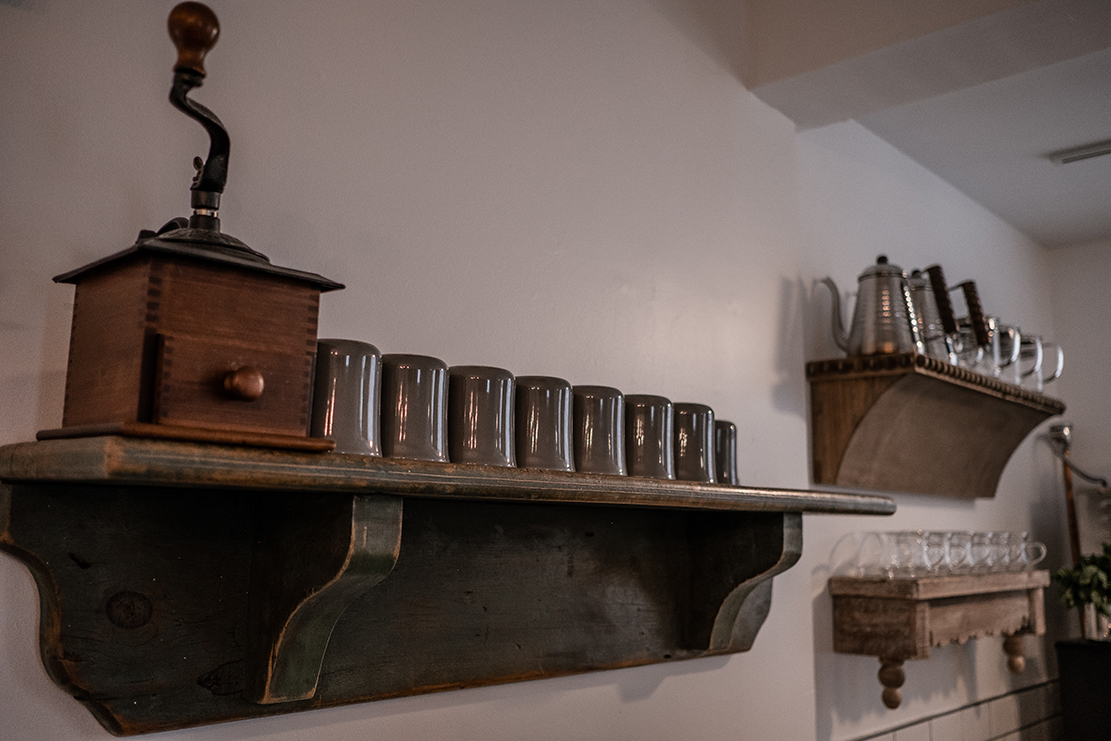How to Taste Coffee and Become a Coffee Aficionado
You love coffee and you enjoy a cup whenever you get a chance, whether at home, at a coffee shop, at work, alone, or with friends. You savor its taste, flavor, and aroma at down times, on breaks, or as a powerful energizer when you want to accomplish more. You don’t lack appreciation but you wish you had more knowledge about the many variations and differences in coffee taste and aroma.
Develop a more refined coffee palate, dive into a wonderful, adventurous, and tasty world of coffee, and become a true coffee aficionado.
Welcome to the Amazing World of Eagle Rock Specialty Coffee
We know and love amazing coffee! Passionate about various sustainable coffee brews sourced only from the finest ingredients and the nuanced flavors of artisan, freshly roasted beans, we can teach you more than a thing or two about how to taste coffee like a pro. We know how each blend offers a distinctive, specific flavor note and exceptional aroma. This is why we exclusively and proudly serve Intelligentsia Coffee. A curated selection of freshly-roasted Intelligentsia Coffee menu, including espressos, lattes, cappuccinos and pour overs raise your vibration with each sip.
But would you like to achieve and experience more?
Would you like to take your coffee tasting experience to a whole new level?
How about learning everything about specialty coffee, opening up your coffee palate for new coffee experiences, and discovering how to truly appreciate the delights of tasting a fresh cup of coffee? Stay with us and get to know coffee like the back of your hand, like a true coffee aficionado.
Embark on this next stage of your coffee journey with us and become a coffee aficionado. Here’s what you need to know.
How to Properly Smell Coffee?
Before you begin coffee testing, make sure you can breathe easily and your nose is clear.
When getting a cup of coffee, fully engage your sense of smell, take your time and pause at these specific moments:
- Smell the whole beans before grinding them
- Smell again after grinding
- Breathe in the bloom, right after the grounds are wet
- Just before you taste coffee, tilt the cup of coffee over the bridge of your nose and breathe in the fragrant aroma.
What can you sense? Can you identify the aromas? Do they remind you of anything? Breathe in the fragrant aroma of your cup of coffee and try to identify it.
All of these aromas will smell slightly differently, but they’ll prepare you to receive more sensations from your cup.

How to Categorize Coffee Aroma?
Inhaling your cup of coffee and trying to identify its smell will warm you up for detecting the multitude of its different aromas. To be able to know the difference, you need to know how to properly categorize various smells of coffee. There are three main categories of coffee aroma:
Enzymatic Coffee Aroma
When smelling coffee, don’t be surprised if its aroma reminds you of fruit. Beans that we roast are actually fruit seeds and this is why many coffees possess fruity and floral notes. It’s said that these coffee aromas have enzymatic characteristics because they remind of the plant phase of our coffee bean. You may smell melon, citrus, or berry aroma, more or less sweet. These aromas vary greatly depending on the geographic area where they’re coming from.
Sugar Browning
Exposing sugars and amino acids to heat generates a chemical reaction that releases unique aromas of toasted nuts and even baked pastry. The level of sugar browning will be different with different coffees. Can you tell what kind of sugar browning aroma your coffee releases?
Dry Distillation
When the coffee roasting process creates the coffee scent, it’s called Dry Distillation. The coffee roasting process burns the fibrous bean matter which emanates unique, misty aromas that remind of tobacco, wood, and even leather. Darker roasts give off stronger aromas.
How to Identify the Flavor?
Coffee is very versatile when it comes to its flavors. The flavor of your cup of coffee is affected by many factors like coffee origin (altitude, soil, temperature), coffee production and processing, the roasting process, the brewing process, and the freshness of the beans. Before you taste coffee, have some white bread or a sip of water to clear your palate.
When identifying the flavor of your cup of coffee, look for these:
Sweetness
Expect to sense the sweetness of your coffee at the tip of your tongue. Be prepared to taste various sweet flavors, from caramel, honey, and molasses to brown sugar. They are all sweet but also unique in its refined sweetness. So using the word ”sweet” when describing a coffee you’re tasting is not enough. Try to determine what type of sweet are you sensing.
Acidity/Brightness
Taste of citruses, berries, melons, and tomato acidity will brighten the sweetness you sense when tasting your coffee. Acidity in a coffee signifies a certain vibrancy, brightness, and refreshing sparkle not acidic characteristics. Expect to sense acidity in your cup of coffee at the lateral part of your tongue.
Bitterness
Most people will say that bitterness is the flavor that dominates any coffee. But the truth is that if coffee is roasted and brewed the right way, it won’t be bitter. When tasting your coffee, expect to sense bitterness at the back of your tongue.
Body/Mouthfeel
You will perceive the mouthfeel and body sensation of your cup of coffee in the entire mouth. Body/Mouthfeel defines various types of coffee as light or heavy, rich, smooth, or watery, its texture and heaviness. The sensation of the coffee body depends on the type of beans and roasting process. When tasting your coffee for body/mouthfeel, think about it as of a sensation and a feeling of a certain flavor, not a flavor itself.
Cleanliness
After you sip your coffee, pay attention to what happens after you swallow. Does the flavor linger in your mouth? Strong coffee will dally while clean coffees are neutral and will be hard to taste. Cleanliness in coffee depends on the roasting process and method and is a greatly appreciated aspect of any great coffee.
To help you easily describe any taste you sense in your cup of coffee, use this Coffee Taster’s Flavor Wheel created by the Specialty Coffee Association of America.

Coffee Tasting Wheel
This Coffee Tasting Wheel has been the industry standard for over two decades and will be a great help to you when describing how your coffee tastes.
How to Identify the Origin of Your Coffee by Tasting It?
Each part of the world where coffee beans are grown bring their own one-of-a-kind flavors to your cup. True coffee aficionados can identify the region where their coffee comes from just by tasting it. Here are some helpful tips on how to determine the origin of your coffee.
Coffees from Central America
Most of the coffees from Central America contain a certain degree of an apple like acidity with hints of sweetness that remind of chocolate or baked pastry. Fruitiness is also present as a backdrop and gently flatters other flavors.
Coffees from South America/Columbia/Brazil
Coffees from South America and Columbia are less acidic than coffees coming from Central America. The roasted nutty nuance of flavor and a caramel-like sweetness characterize coffees coming from South America and Columbia. You’ll recognize coffee that comes from Brazil by its strong nutty taste and a hint of chocolate that lingers.
Coffees from Ethiopia
Ethiopia grows the largest number of coffee species than any other region in the world. This country also uses different coffee preparation processes — natural and washed — and these are the reasons why it’s sometimes so hard to identify Ethiopian coffee. Coffee produced with the washed process is dry and gives hints of lemongrass and jasmine. Types of coffee that are naturally processed have fruity nuances of flavor that remind of blueberry and strawberry.
Coffees from Indonesia
Indonesian coffees feature meaty, full body earthiness and are very dark. Sometimes, toasted and smoky nuances of flavor are also present in Indonesian types of coffee.
Coffees from Kenya
Kenyan tropical taste coffees are characterized by specific sweetness, tomato-like acidity, and subtle sourness easy to quickly detect.
How Important is the Brew Method?
Manual brewing wins over automated brewing methods. Intelligentsia Coffee recommends these brewing solutions: Chemex, V60 & Pourover, French Press (a classic of immersion brewing), and Cafe Solo (modern immersion brewer that is basically a hybrid between a French Press and filter brew). You can dive deep and learn more from Intelligentsia Coffee Brew Guides.
All of these manual brew solutions work differently but they all teach us important things — to focus on the present moment and enjoy little things. Flavors vary, from robust and heavy taste coming from a French Press to lighter variants coming from pour-overs.

What Makes a Great Cup of Coffee?
A great cup of coffee is easy to make when all conditions are fulfilled.
- Always check for the freshness of beans — use coffee within days of roasting.
- Choose high quality, specialty coffee.
- Grind beans on your own since coffee starts losing quality almost immediately upon grinding.
- Use good water without chlorine. Never use distilled or softened water.
- Brew your coffee manually.
- Don’t economize when it comes to coffee strength. Use 2 level tablespoons per 6-ounce cup.
- Never reheat your coffee because it will turn bitter.
Choose coffees with harmonious flavors, complementary interplays, and compelling sequence of flavors for beginning, middle, and end. Great coffee gets an even better taste as temperature changes and it starts to cool. It should never start to taste bitter when it loses a couple of degrees.

Congratulations, You’re Now a Coffee Aficionado!
If you went through all of our guidelines and tried tasting a cup of high quality, specialty coffee according to these guidelines, we are certain you are now a coffee aficionado. However, have in mind that tasting coffee is a skill that takes time but also provides lots of joy in the process. Learning to taste coffee properly educates you on coffee origin, various coffee types, aromas, and flavors, and grows your appreciation for its farmers and their efforts.
To improve your coffee tasting skills and boost your coffee aficionado status, make sure to join one of our sessions with Intelligentsia Coffee and practice with well-versed cuppers.
We would love to learn about your coffee tasting experiences. Leave us a message or visit our coffee bar for a great cup of coffee you will enjoy analyzing. See you soon!




